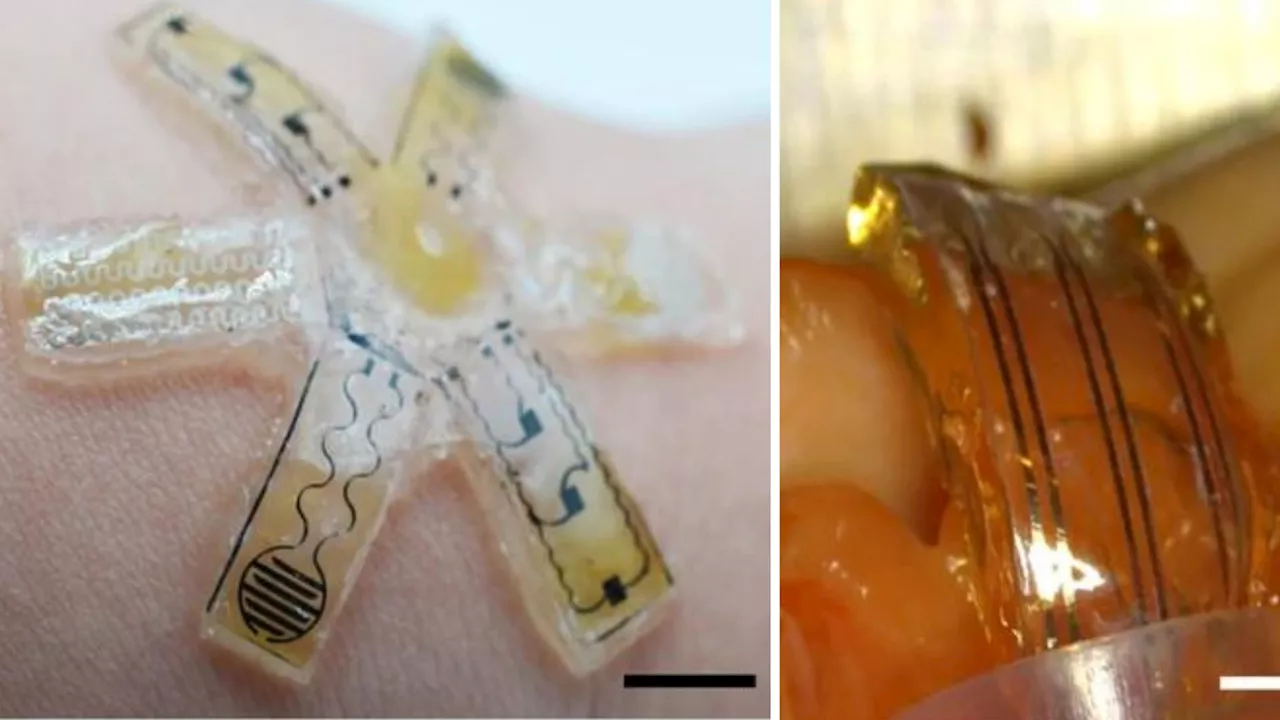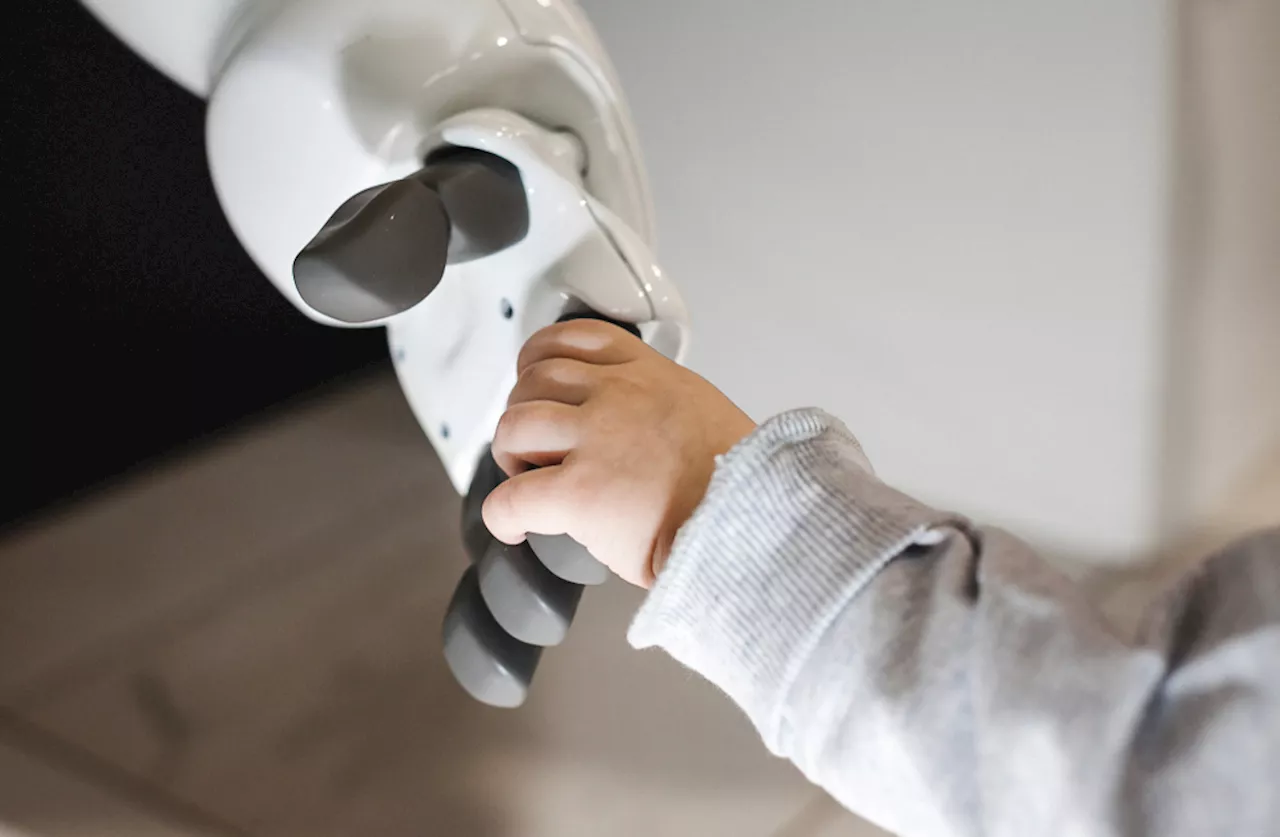Researchers have found a way to bind engineered skin tissue to the complex forms of humanoid robots. This brings with it potential benefits to robotic platforms such as increased mobility, self-healing abilities, embedded sensing capabilities and an increasingly lifelike appearance.
Taking inspiration from human skin ligaments, the team included special perforations in a robot face, which helped a layer of skin take hold.
"During previous research on a finger-shaped robot covered in engineered skin tissue we grew in our lab, I felt the need for better adhesion between the robotic features and the subcutaneous structure of the skin," said Takeuchi."By mimicking human skin-ligament structures and by using specially made V-shaped perforations in solid materials, we found a way to bind skin to complex structures.
This research was not just made to prove a point, though. Takeuchi and his lab have a goal in mind for this application that could help in several areas of medical research. The idea of an organ-on-a-chip is not especially new, and finds use in things like drug development, but something like a face-on-a-chip could be useful in research into skin aging, cosmetics, surgical procedures, plastic surgery and more.
Engineering Engineering And Construction Civil Engineering Robotics Artificial Intelligence Neural Interfaces Mobile Computing
United States Latest News, United States Headlines
Similar News:You can also read news stories similar to this one that we have collected from other news sources.
 Researchers use large language models to help robots navigateA technique can plan a trajectory for a robot using only language-based inputs. While it can't outperform vision-based approaches, it could be useful in settings that lack visual data to use for training.
Researchers use large language models to help robots navigateA technique can plan a trajectory for a robot using only language-based inputs. While it can't outperform vision-based approaches, it could be useful in settings that lack visual data to use for training.
Read more »
 Researchers create skin-inspired sensory robots to provide medical treatmentScientists have created innovative soft robots equipped with electronic skins and artificial muscles, allowing them to sense their surroundings and adapt their movements in real-time.
Researchers create skin-inspired sensory robots to provide medical treatmentScientists have created innovative soft robots equipped with electronic skins and artificial muscles, allowing them to sense their surroundings and adapt their movements in real-time.
Read more »
 Soft robot transformers bend, expand, twist to deliver meds inside bodyResearchers pioneer soft robots mimicking animal muscles & skin, advancing safety & effectiveness for use inside the body.
Soft robot transformers bend, expand, twist to deliver meds inside bodyResearchers pioneer soft robots mimicking animal muscles & skin, advancing safety & effectiveness for use inside the body.
Read more »
 These 4 Humanoid Robots Use Soft Touch to Hug or Connect with HumansWhat does soft touch for robots look like? Learn what researchers are doing to create robots with a soft connection.
These 4 Humanoid Robots Use Soft Touch to Hug or Connect with HumansWhat does soft touch for robots look like? Learn what researchers are doing to create robots with a soft connection.
Read more »
 How cells boost gene expression | ScienceDailyThe function of non-coding RNA in the cell has long been a mystery to researchers. Unlike coding RNA, non-coding RNA does not produce proteins -- yet it exists in large quantities.
How cells boost gene expression | ScienceDailyThe function of non-coding RNA in the cell has long been a mystery to researchers. Unlike coding RNA, non-coding RNA does not produce proteins -- yet it exists in large quantities.
Read more »
 Guiding humanity beyond the moon | ScienceDailyWhat actually happens to the human body in space? While scientists and researchers have heavily researched how various factors impact the human body here on Earth, the amount of information available about changes that occur in the body in space is not as well-known.
Guiding humanity beyond the moon | ScienceDailyWhat actually happens to the human body in space? While scientists and researchers have heavily researched how various factors impact the human body here on Earth, the amount of information available about changes that occur in the body in space is not as well-known.
Read more »
